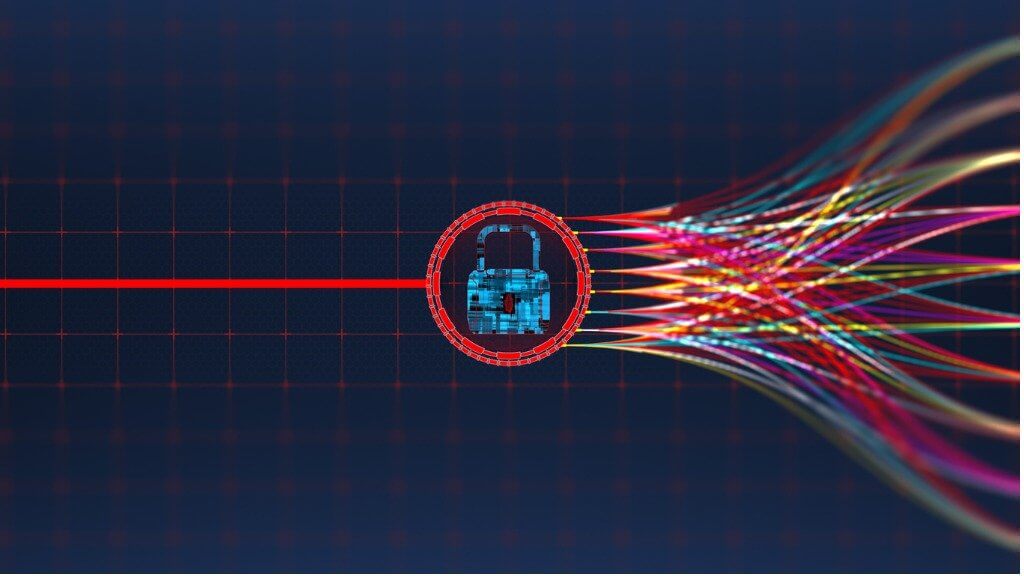
One of the biggest threats that businesses face is that of online attacks.
Computers that are connected to the internet are attacked on average every 39 seconds. Most of these attacks are prevented by antivirus software, but when an attempt is made on every computer over 2,000 times each day, it is essential that businesses show some concern regarding the threat.
How can businesses keep their websites and digital systems safe and secure from a growing threat?
It’s essential to understand the methods and the reasons that you are being targeted first.
Why is Your Business a Target?
Your business, just like every other business, is a target for online cybercrime. All businesses are targeted. Often this is done without method or prejudice. It will be a blanket attack, looking for any weaknesses that can be exploited.
This type of attack is opportunistic. However, there are some sectors that are more desirable targets than others.
Businesses in the financial sector will have access to money and the financial records of their customers, while healthcare organizations will have medical records on file that can be exploited and identities stolen.
How do Hackers Get Access?
There are many ways that a hacker can gain access. One of the most common ways is a brute force attack. By constantly sending out pings at random websites, they can find vulnerabilities that they can gain access through, or destabilize the site with.
To get in undetected through the front door, cybercriminals will use techniques such as phishing to gain passwords and login credentials.
How can You Protect your Business from Hackers?
To prevent hackers from gaining access to your site, you should hire a security specialist who can help identify where your website needs improving.
Make use of a company such as On Security that carries out penetrative testing. This type of test is a controlled cyberattack that looks for vulnerabilities in your systems. Once you know where the weaknesses are, you can make repairs to your site.
Education is another area that is essential in preventing cyberattacks.
By training your employees on what a phishing email looks like, you’ll be minimizing the chances of them falling for that type of attack.
Phishing emails appear to be legitimate communications from businesses or brands that your staff will know and trust. The emails will ask for staff to click on a link that will take them to a fake login site that looks just like the real site they were visiting.
Once there, they’ll be prompted to put in their login details. Once they have these details, hackers can log in in undetected and perform a number of malicious activities.
But how can you ensure your employees get this education? Cybersecurity experts and business solicitors can offer guidance on what to expect with potential cyber-attacks. Experts can offer courses and even carry out cybersecurity drills to identify who at your company is most likely to cause a breach accidentally.
On the legal side, you should make sure to protect your business assets and information if you fall victim to a cyberattack. This includes cyber-specific insurance, as well as knowing your rights and any liabilities you may be responsible for after your business gets hacked. Remember that it is not just you who will be affected, but your employees and clients, too.
Protect your Business Online Now
Don’t wait until you get hacked to protect your business. Hire a managed service provider now and have a full assessment made of your current security infrastructure.
Review all of your IT policies and procedures and get into the habit of changing passwords regularly.